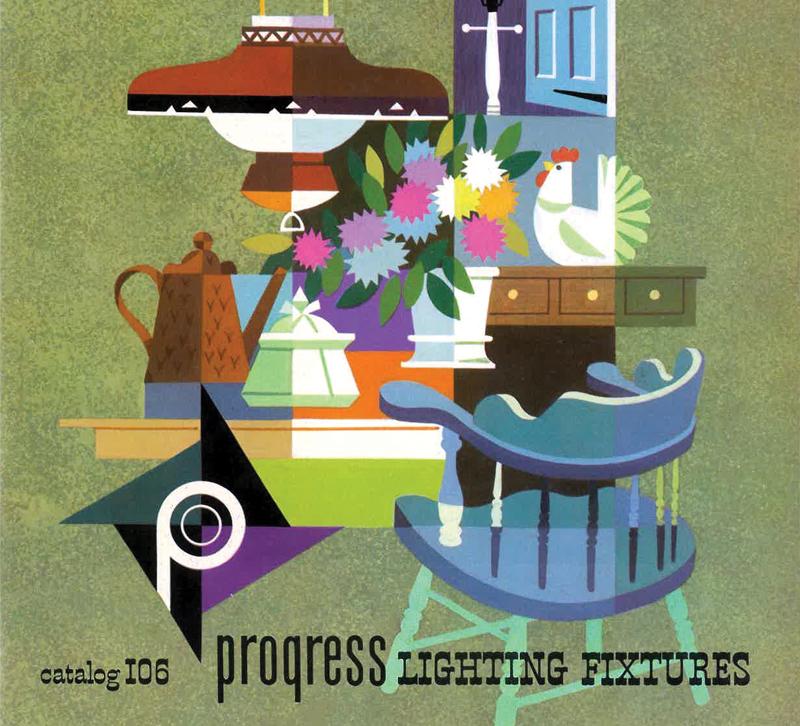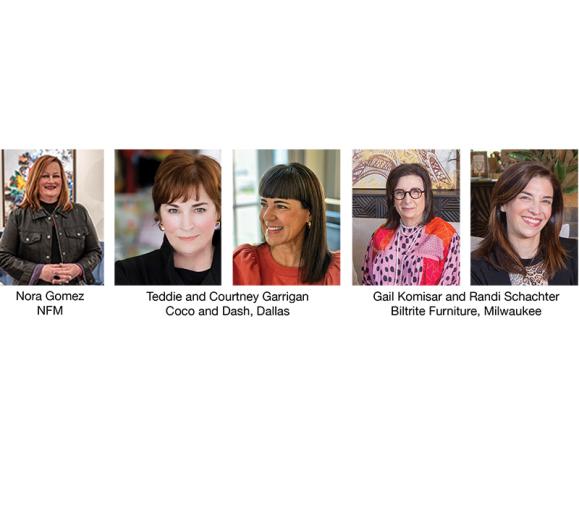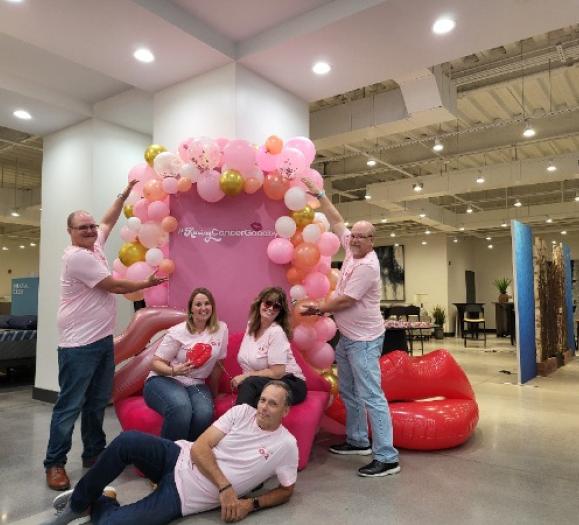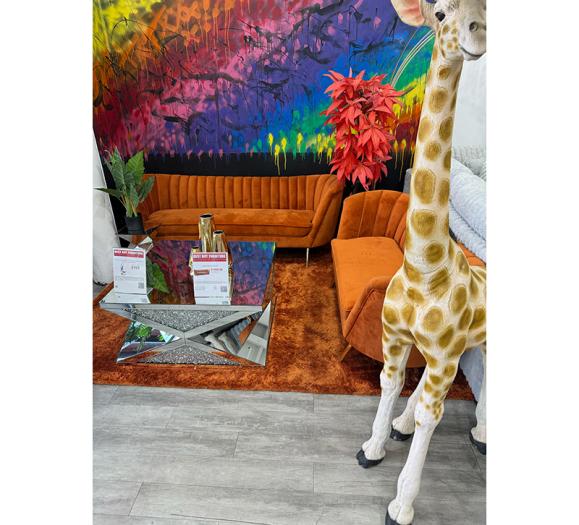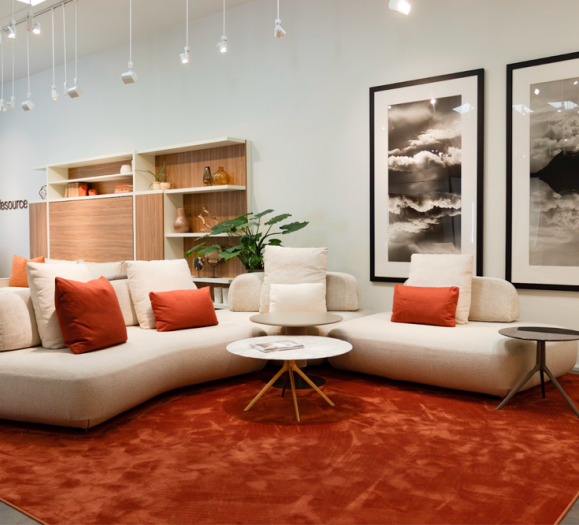We’ve all heard the saying “Don’t mess with a good thing.” While that laissez-faire strategy may work just fine for your grandmother’s sticky buns recipe or possibly your stock portfolio, businesses that sit back on their laurels run the risk of becoming obsolete. Luckily, thanks to LEDs, Alexa and the changeable nature of home fashion styles and trends, the lighting industry has little choice but to stay on its toes. The customer demands it. At the same time, however, judging by the sheer number of respected, long-standing showrooms (well, that, and all the third, fourth and fifth generations of family-run businesses), the lighting industry is just as much about tradition as it is about looking toward the future.
So Furniture, Lighting & Decor caught up with some of lighting’s oldest businesses to find out how they strike the perfect balance between past, present and future and how they’re reinventing their traditions for the modern consumer.
Kichler Lighting, Cleveland, OH
Year founded: 1938
When Sam Minoff purchased Kichler Lighting from his business partner (and son of company founder Leonard Kichler) in 1954, the company sold fixtures a typical American family of the post-war era would need: a chandelier for the dining room, sconces for the hall, flush mounts for the bedrooms and a fluorescent circle line fixture for the kitchen. In those days, there wasn’t a lot of variation in style. When a consumer installed a lighting fixture, typically, it was there to stay. Oh, how times have changed. And Kichler Lighting has changed right along with them.
“Throughout its 80-year history, Kichler has stayed in tune with shifts in style,” said Jeff Dross, Corporate Director of Education and Industry Trends, and a Kichler employee since 1974. “From those early universal pieces to the various trends we see today, we’ve always paid close attention to what’s going on in the market — what’s coming in and what’s going out, and we’re constantly reinventing the product line to reflect that.”
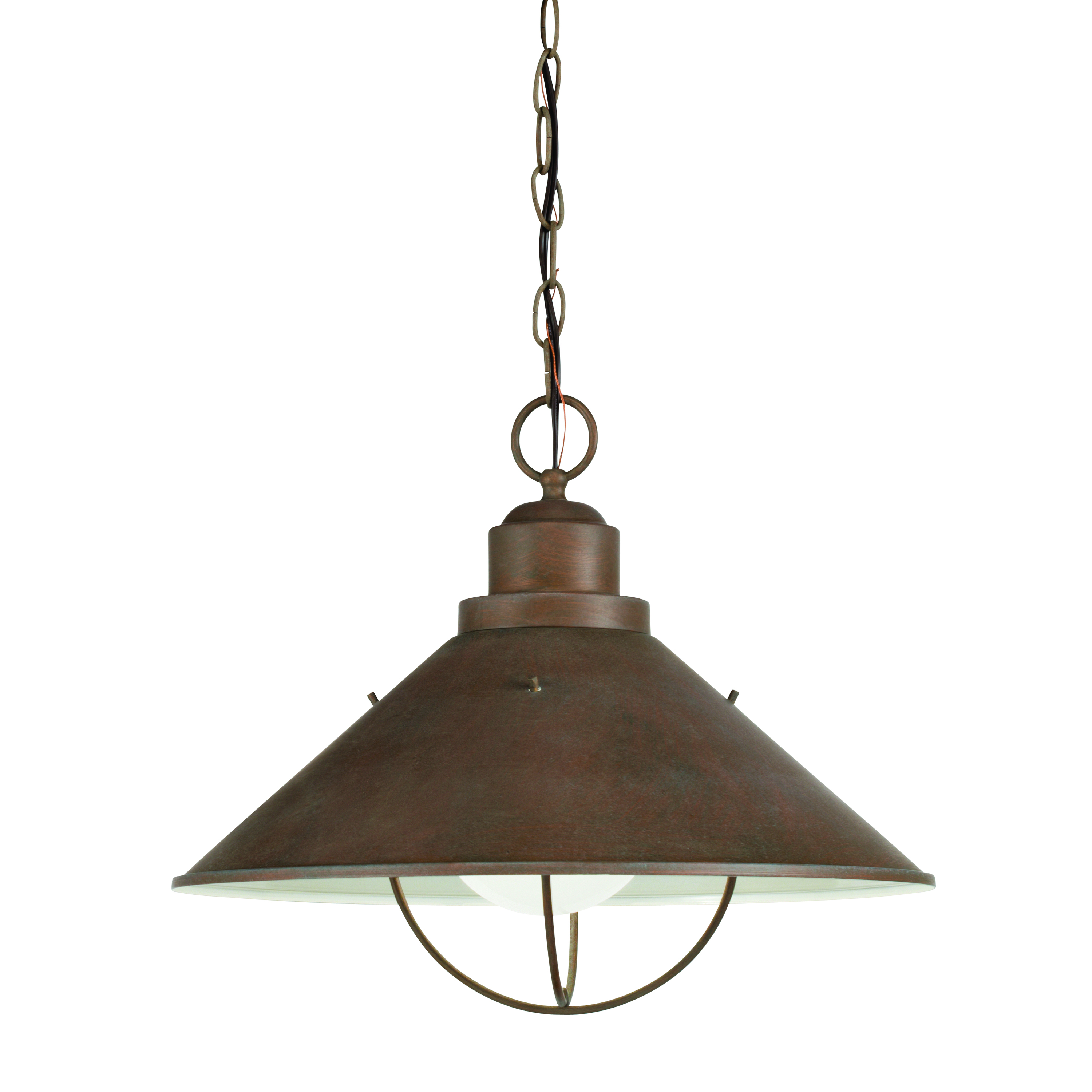
For example, when the inexpensive cost of Chinese manufacturing made it easier for companies like Kichler to produce large quantities of hand-applied finishes for the mass market, consumers were clamoring for unique looks that moved away from the solid brass that had dominated in years past. In the early 90s, Kichler created “Olde Brick,” a multi-colored, multi-textured, coppery red finish. The finish quickly became a standard used across the industry.
Kichler’s keen eye for trends gave them a leg up in the LED market as well. The company may not have been first to bring an LED fixture to market, but when it felt the technology was up to par, in 2008, Kichler introduced its first LED under-cabinet lighting. The product won a “Lighting For Tomorrow” award and eventually became the first solid-state lighting product to secure an Energy Star-qualification by the U.S. Department of Energy.
The company’s perfect marriage of tradition and innovation has not gone unnoticed. In March 2018, Masco Corporation, a manufacturer of branded building and home improvement products, purchased Kichler, due in part to its fit with Masco’s focus on products “where brand, innovation and strength of distribution provide a competitive advantage.”
Progress Lighting, Greenville, SC
Year founded: 1906
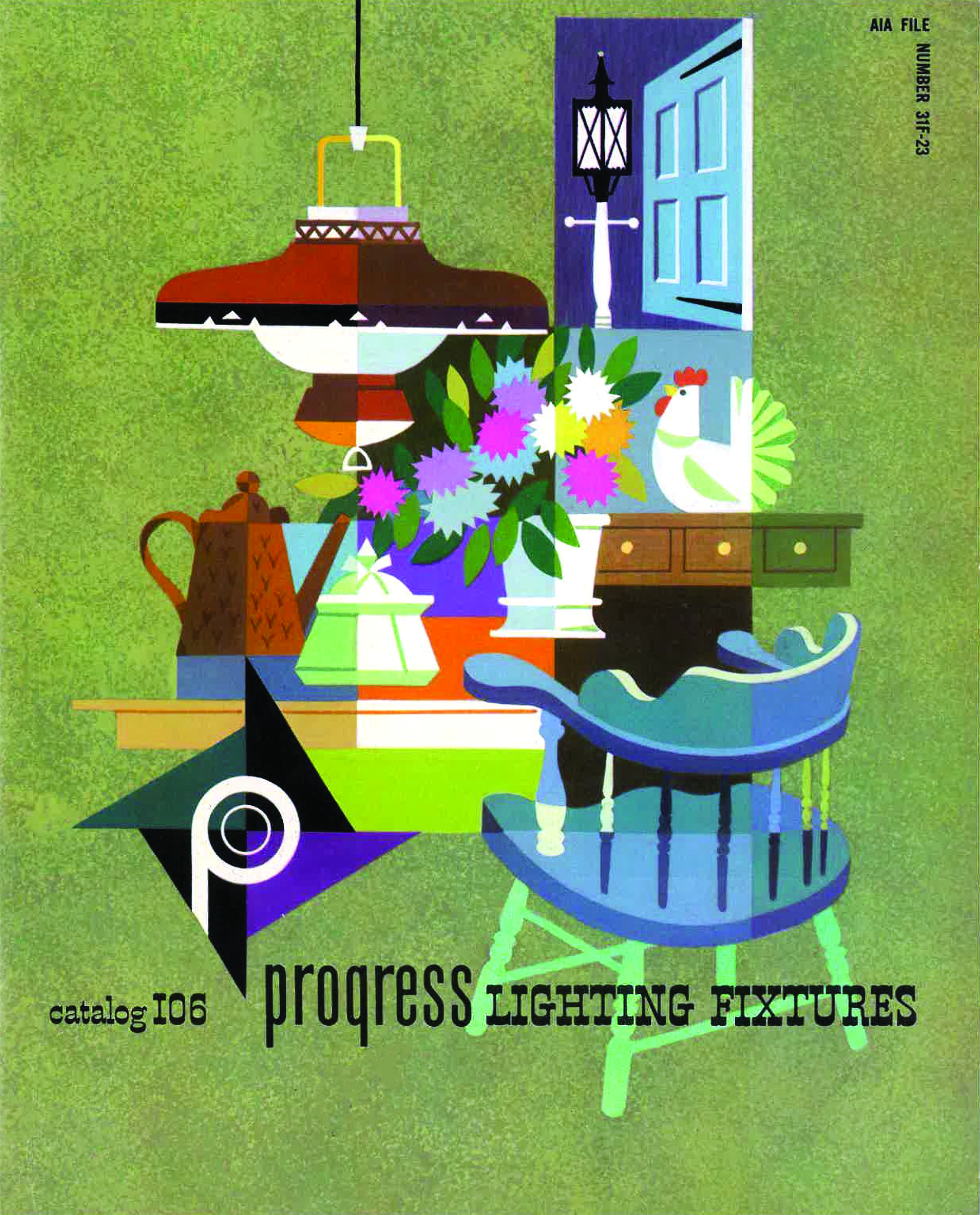
Innovation and initiative have been part of Progress Lighting’s story from day one when Frank Rosen opened Victory Lamp Company in Philadelphia. Over the years, the company, which started out selling gas mantels, reinvented itself as a lighting manufacturer and grew into one of the largest manufacturers of residential and commercial lighting, featuring a catalog of more than 5,000 fixtures across all categories and styles. As far as Progress Lighting has come in the last 112 years, its focus on design inspiration, product integration and technology leadership has stayed pretty much the same.
In 2016, Progress unveiled a reboot of its brand identity, positioning the company for the future while “embracing strengths from its successful history.” A Design Series initiative comprised of lighting trends lookbooks, an online inspirational tool similar to Houzz and consumer-facing print and online publications, as well as advertising and social media campaigns delivered the message that Progress Lighting offers affordable luxury to everyone.
Progress has been busy reinventing its physical spaces too. In 2016, Progress opened an 800,000-square-foot distribution center in Jefferson, GA, and the following year, the company revamped its Dallas Market Center showroom, adding additional space, new tools and features like curated product vignettes, an LED Demonstration Lab and an iDevices® Smart Loft packed with integrated home automation solutions.
“Progress Lighting has always focused on delivering high value and style to our customers,” said Colleen Visage, Vice President of Product Management at Progress Lighting. “Today we recognize the diversification of lifestyle trends, the need for unique and curated collections, and great designs that not only complement interiors but stand out as the star.”
Capitol Lighting, stores in New Jersey, Florida and online at 1800lighting.com
Year founded: 1924
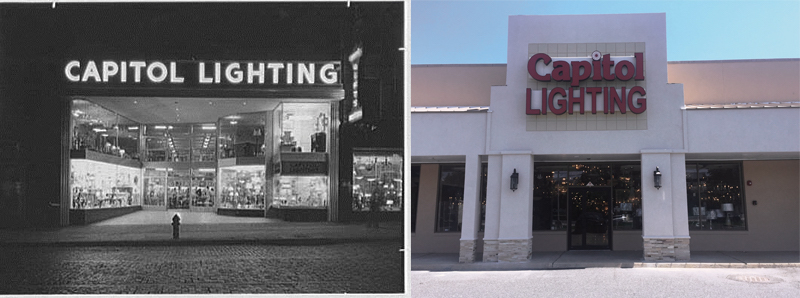
In the early 1920s, less than half of American homes had electricity, but that was soon to change. Ethel and Max Lebersfeld, immigrants from Austria-Hungary, saw the opportunity, and in 1924, they opened a small lighting retail store called Capitol Lighting in Newark, NJ. The couple’s intuition was right on the mark, and for nearly 100 years, that same visionary spirit has guided generations of Lebersfelds as they’ve expanded their family business and reinvented their retail strategy to meet the changing needs of their customers.
While there have been many milestones along the way, one of the biggest was the launch of Capitol Lighting’s e-commerce website 1800lighting.com in 2004.
“It was really the Wild West for e-commerce at that point,” said Capitol Lighting President Eric Lebersfeld. “The Unilateral Minimum Advertised Price Policy didn’t exist yet, so sellers on the web were pricing things however they wanted. At that point, we kept our e-commerce site, 1800lighting.com, separate from Capitol Lighting because we were competing in two different arenas.”
That original e-commerce program, internally referred to as “Capitol Lighting 2.0,” paved the way for Capitol 3.0 — a strategic merger of e-commerce and a retail footprint — in 2012.
“Once vendors got their UMAP policies under control and we could have the same pricing in stores and online, we began Capitol 3.0, where in addition to our state-of-the-art website, we offer a superlative in-store experience to facilitate the 80 percent of decorative lighting purchases that are still made in stores,” Lebersfeld said.
As part of the 3.0 strategy, Capitol Lighting has three large “legacy” stores as well as five smaller-footprint stores that are stocked with a broad enough selection to satisfy customers and feature a larger use of technology. It’s a strategy that works well for Capitol Lighting — at least for now.
“We’re working diligently to hone our omnichannel model,” Lebersfeld said. “We’ve got a great leadership team made up of both family members and non-family members. We have over 150 dedicated and passionate people in our showrooms and working for our website, and we’re always looking for more talented people to join our team to help make lives brighter. We keep the customer as the central focus of every business decision we make. That’s always been our path for growth.”



